The General Agreement on Tariffs and Trade, known as the GATT agreement, was signed into effect in 1947. Originally, the agreement included only 23 countries, but over time, it grew to encompass over 100 nations worldwide.
The GATT agreement aimed to eliminate trade barriers between countries, including tariffs and other restrictions on imports and exports. By doing so, it created a more open and competitive global marketplace that allowed businesses to prosper and consumers to access a wider range of goods and services.
Through the GATT agreement, countries agreed to set specific rules to govern international trade. These rules established a framework for how countries could interact and trade with one another, ensuring a level playing field for all participants. This included rules for how trade disputes should be handled and how countries could retaliate against unfair trade practices.
Over the years, the GATT agreement underwent several rounds of negotiations and revisions. These talks addressed emerging issues in the global economy, such as the rise of intellectual property rights and the growing importance of services trade.
In 1995, the GATT agreement was replaced by the World Trade Organization (WTO), which now oversees international trade negotiations and sets the rules for global commerce.
Despite its replacement, the GATT agreement remains an important foundation for international trade. Its legacy can be seen in the many trade agreements that exist between countries today and the continued efforts to create a more open and fair global marketplace.
In conclusion, the GATT agreement signed in 1947 was a landmark achievement in the history of international trade. It created a more open and competitive global marketplace and established rules to govern international trade. Although it has been replaced by the WTO, its legacy lives on, and it remains an essential part of the global trade system.
